Products
- Articles coming soon
- Articles coming soon
Raw Materials
Processes
- Binding
- Collating
- Corner cutting
- Creasing
- Cutting
- Cutting to size
- Die-cutting
- Edge painting
- Flocking
- Foil stamping
- Folding
- Gluing
- Grommeting
- Hole drilling
- Hole punching
- Hot Stamping
- Laminating
- Numbering
- Padding
- Perfect binding
- Perforating
- Round cornering
- Saddle stitching
- Sealing
- Spiral binding
- Stapling
- Tabbing
- Show Remaining Articles (8) Collapse Articles
- Articles coming soon
- Articles coming soon
- Articles coming soon
- Articles coming soon
- Articles coming soon
- Articles coming soon
Operations
- Articles coming soon
- Articles coming soon
- Articles coming soon
- Articles coming soon
- Blistering or cockling
- Blowing in dryers
- Breaks, dryer section
- Build-up on dryers
- Curl in paper
- Cutting in dryers
- Dimensional stability
- Dryer area defects
- Dryer felts
- Dryer temperature control
- Dryer wraps
- Drying uniformity
- Evaporation rate, maintaining
- Felt tension control
- Hot dryer bearings
- Moisture streaks in dryers
- Over-drying
- Shrinkage control
- Uneven drying
- Air in the system
- Blotches in the sheet
- Breaks, wet end
- Crush
- Dirt in the sheet
- Drainage varying
- Grainy edges, reduction
- Holes in the sheet
- Pinholes, reducing
- Sheet sealing
- Stock jumping
- Stock skating on wire
- Stock sticking to wire
- Strings, elimination
- Watermarking with ring
- Wet/dry line moving
- Wire marks
- Articles coming soon
- Articles coming soon
- Articles coming soon
- Articles coming soon
- Articles coming soon
- Articles coming soon
- Breaks, press section
- Bulk improvement
- Crushing, press
- Leaking doctor blades
- Moisture profile
- Peeling, press rolls
- Pickup problems
- Pitch on doctor blades
- Press cuts/wrinkles
- Press picks
- Rewet problems
- Shadow marking
- Sheet blowing, press nips
- Sheet crushing
- Sheet following top press rolls
- Sheet stealing
- Vibration at press
- Water removal (CD)
- Water removal, wet press
- Wrinkles, press section
- Show Remaining Articles (1) Collapse Articles
- Annular rings
- Baggy rolls
- Bursting or cracked rolls
- Cleaner slitting
- Corrugations
- Corrugations, winders
- Defective splices
- Dust in rolls
- Dust in the rolls
- Good roll condition, off winder
- Hard and soft spots/ridges
- Interweaving
- Loose cores
- Loose paper, in roll
- Nicked edges
- Out-of-round rolls
- Reel or roll quality
- Rewound roll quality
- Run-in of slit rolls
- Shipping roll characteristics
- Snap-offs
- Soft edges
- Starred rolls
- Telescoping
- Turned edges
- Variable density rolls
- Winder cracks
- Winding requirements
- Wrinkles, winder
- Show Remaining Articles (10) Collapse Articles
Careers
Pulp & Paper Manufacturing
- Articles coming soon
Companies
The Basis weight or Grammage of paper refers to the weight of a standard-sized sheet of paper, typically measured in pounds (lb) or grams per square meter (gsm). It is an important specification used in the paper industry to determine the thickness and durability of different types of paper.
The basis weight is determined by weighing a specific area of the paper and is often indicated on the packaging or label of paper products. This measurement helps consumers and manufacturers understand the characteristics and performance of the paper.
In general, a higher basis weight indicates a thicker and more durable paper. For example, a high basis weight is desirable for materials like business cards, postcards, and packaging boxes, as they need to withstand frequent handling and potential damage. On the other hand, lighter basis weight paper is commonly used for everyday printing and writing purposes.
The grammage also plays a crucial role in determining the cost and efficiency of paper usage. When purchasing paper, knowing the grammage allows consumers to compare prices accurately and ensure they are getting the desired thickness for their intended use. Additionally, businesses that use large quantities of paper can optimize their operations by selecting the appropriate grammage to meet their requirements while minimizing costs.
Furthermore, the grammage influences the performance of printing processes. Printers, especially those using digital technology, often have specific weight requirements for optimal print quality and compatibility. Using a paper with an unsuitable grammage may result in issues such as ink smudging, poor color reproduction, or paper jams.
In summary, the basis weight of paper is a fundamental characteristic that impacts its thickness, durability, cost, and printing performance. Understanding this specification empowers consumers and manufacturers to make informed choices when selecting paper products, ensuring they meet their specific needs and deliver the desired results.
